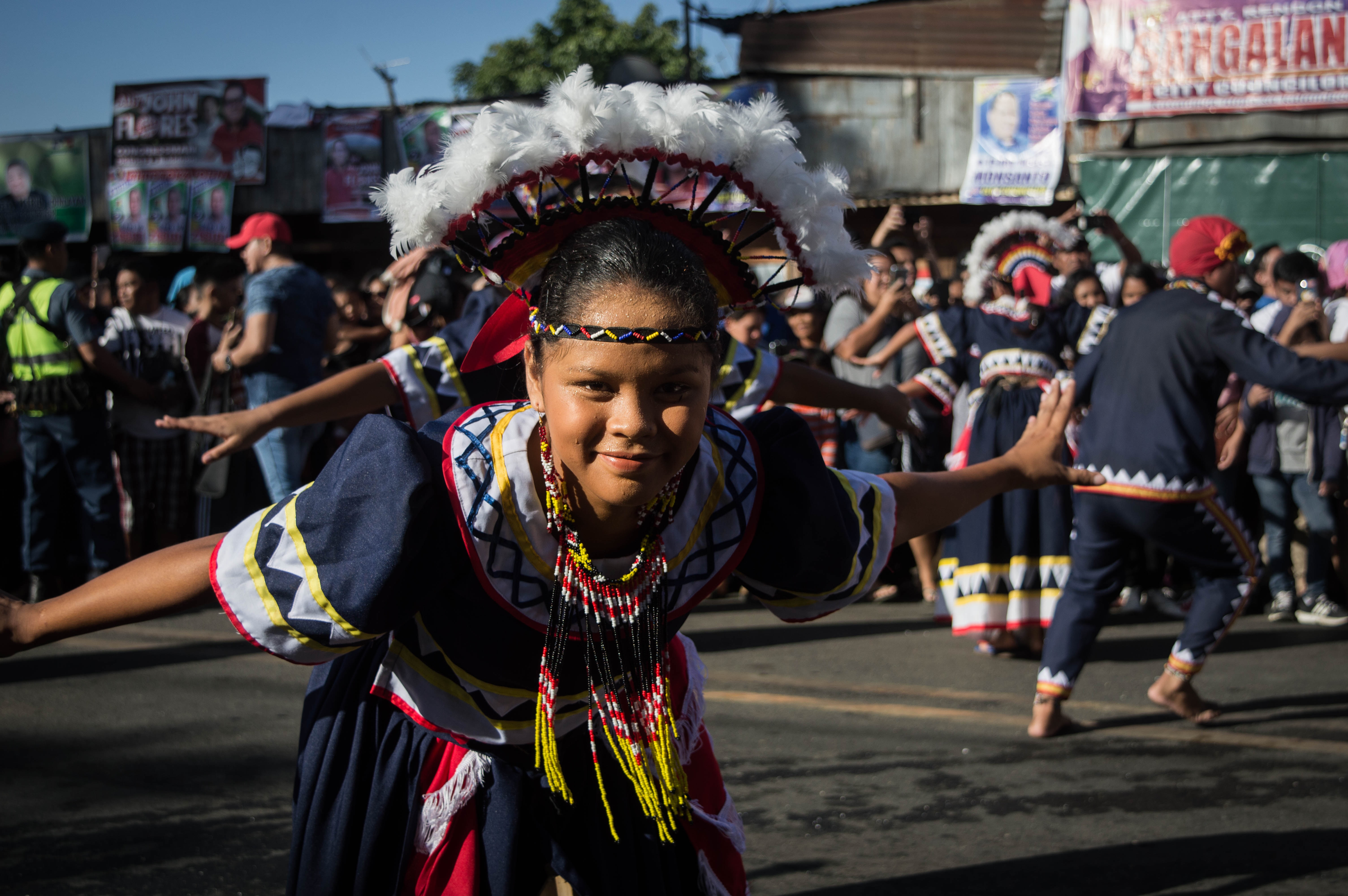Malaybalay City, located in the province of Bukidnon, Philippines, is a vibrant and culturally rich city with a fascinating history. Nestled in the heart of Mindanao, it is the capital of the province and serves as a melting pot of diverse indigenous groups and settlers from different parts of the country. In less than 500 words, let’s delve into the history of Malaybalay City.
The history of Malaybalay traces back to pre-colonial times when the area was inhabited by indigenous peoples known as the Bukidnon. These indigenous groups, composed of various tribes, such as the Talaandig, Higaonon, Manobo, and Matigsalug, cultivated the land and maintained their unique cultural practices.
The arrival of Spanish colonizers in the 18th century marked a significant turning point for Malaybalay. The Spanish established a settlement called “Malabalay,” which means “floodplain of the great river” in the local dialect. The name was eventually modified to Malaybalay over time. The Spanish influence brought about changes in governance, religion, and social structure.
During the Spanish colonial period, Malaybalay became a part of the province of Misamis Oriental. It wasn’t until March 22, 1907, that Malaybalay was formally recognized as a separate municipality under the American colonial government. Subsequently, on February 11, 1998, Malaybalay was granted cityhood status, making it the capital of Bukidnon.
Throughout its history, Malaybalay has been the site of various significant events. Notably, it served as the headquarters of the Philippine Commonwealth Army during World War II. The city was also a significant stronghold of resistance against the Japanese forces, with local guerilla fighters actively participating in the liberation of the Philippines.
The city also boasts several historical landmarks worth visiting. One such landmark is the Monastery of Transfiguration, a Benedictine monastery that sits atop a hill overlooking the city. It is not only a place of worship but also a center for spiritual retreats and a venue for interfaith dialogue.
References:
- Malaybalay City Official Website – http://www.malaybalaycity.gov.ph/
- Bukidnon Provincial Tourism Office – http://bukidnon.gov.ph/tourism/
- Malaybalay City Guide – http://www.malaybalayguide.com/
Today, Malaybalay City stands as a center of culture and commerce in Bukidnon. It is renowned for its vibrant Kaamulan Festival, which showcases the rich cultural heritage of the indigenous tribes. The festival attracts visitors from all over the country who come to witness colorful street dances, traditional music, and tribal rituals.

Photo by Stephanie Ecate on Unsplash
